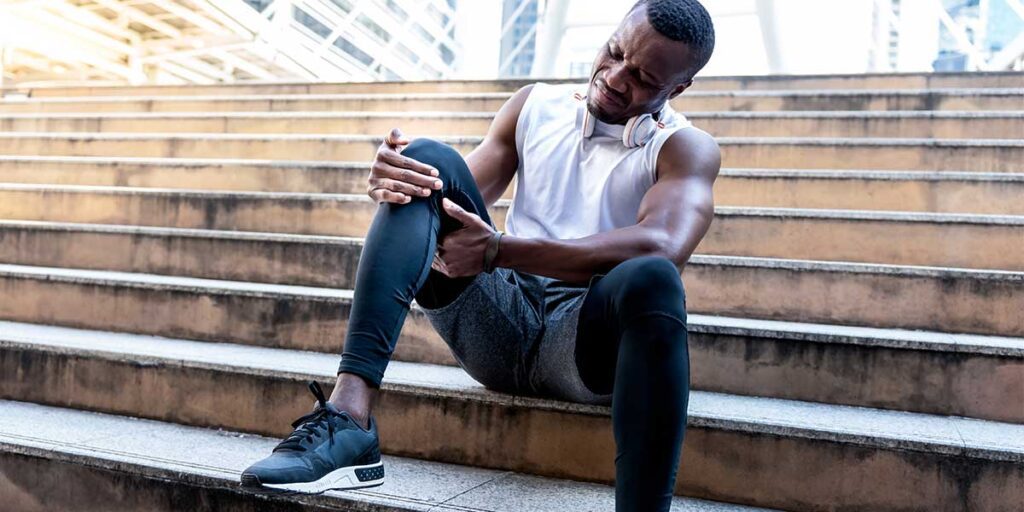Muscle strains are common injuries that occur on a spectrum. At one end is the mildest type of strain, which is simply a muscle that has stretched too far. At the other end of the spectrum, however, lies a more serious injury—a fully torn muscle (muscles can also undergo partial tears). Differentiating between a muscle strain vs. a tear is really a question of what type of strain has occurred—mild, moderate or severe. An MRI at American Health Imaging (AHI) can help your physician determine the answer.
How Muscle Strains Happen
Also known as a pulled muscle, a muscle strain can occur to anyone, but those who participate in sports have a higher risk. Athletes can strain a muscle with one awkward move on the field or court, by overusing a muscle, or by skipping or cutting short their warmup routine. Strains can affect muscles throughout the body—tendons can also sustain strains—but the hamstring muscle in the thigh and muscles in the lower back are the most commonly injured.
How Different Does a Tear Feel Compared With a Strain?
Remember, a tear is a type of strain, so if you’re wondering about the symptoms of a muscle strain vs. a tear, you’re actually curious about how different types of strain feel.
- A Grade I strain is a mild injury with minimal stretching or tearing of the muscle fiber. If you have this type of strain, the site of the injury may be tender, but the muscle hasn’t lost any strength.
- A Grade II strain is more painful than a Grade I injury because more muscle fibers are stretched or torn, but some fibers are unaffected. In addition to pain, you may notice a bruise, swelling and loss of strength in the area.
- A Grade III strain is a complete tear of the muscle. Did you feel a pop when the injury occurred? If so, you may have a Grade III strain, which can cause intense pain, swelling, trouble moving the affected joint or limb, and a visible dip in the skin.
When to See a Physician
If you think you might have a Grade III strain, see your physician as soon as possible, or seek emergency medical care if you have significant swelling or can’t move the injured arm, leg or joint. If your symptoms are mild or moderate, rest the injured joint or limb for several days, apply an ice pack regularly, wear a compression bandage, and keep the area elevated, if possible. See your physician if symptoms persist for two weeks or more without improvement.
Do I Need to Get an MRI for a Possible Tear?
Your physician may be able to diagnose a sprain based on a history and physical exam. An X-ray may be necessary to be sure you don’t have a broken bone, but it won’t show a muscle injury. An MRI is the best type of imaging for looking at tissue. Your physician may order an MRI of the damaged muscle to find or learn more about your injury. This type of muscle tear imaging can pinpoint the location of even the most minor muscle strains and determine whether a partial or complete strain has occurred. That’s important for deciding on the best course of treatment.
Worried about feeling claustrophobic in the MRI unit? AHI offers Advanced Open MRI by ASG, which is wall-less on three sides.
Can I Schedule an MRI Without Talking to My Physician?
Your physician will order the MRI, and his or her office may schedule it for you, but you can also schedule or change your appointment by contacting AHI directly.
Need to find out more about a potential muscle injury? Schedule an MRI today.
